In an interview with BBC’s Newsround, BoE Governor Andrew Bailey retrained from providing a definite timeline for potential decreases in interest rates. Instead, he emphasized the necessity of bringing inflation under control.
“I can’t give you a date as to when interest rates start to come down because that really depends upon what happens over the period of time ahead, but getting inflation down is the most important thing that we have to do,” Bailey stated.
Offering a glimmer of optimism, Bailey noted a discernible reduction in inflation. He predicted a noticeable fall in inflation rates and affirmed the bank’s dedication to lowering it to their target level of 2%.
Inflation “has already started to come down and I expect … quite a marked fall in inflation, we’ll notice it. What we have to do is set the interest rate to get it all the way down to 2%,” he expounded.




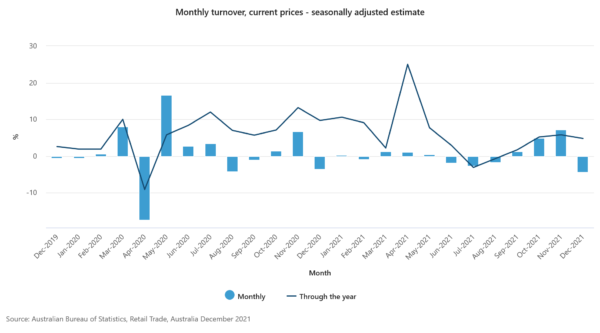
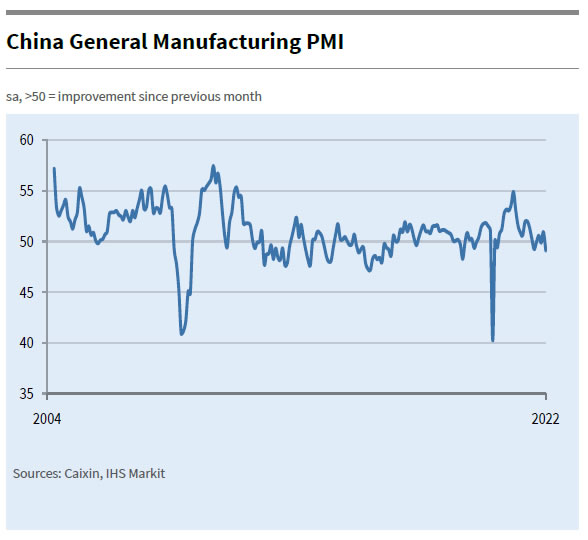
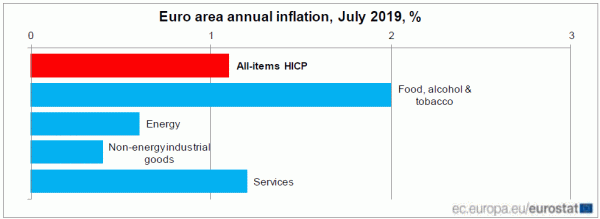
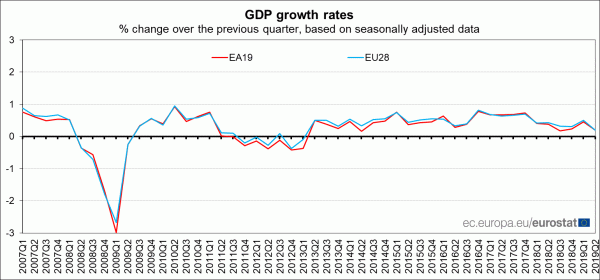
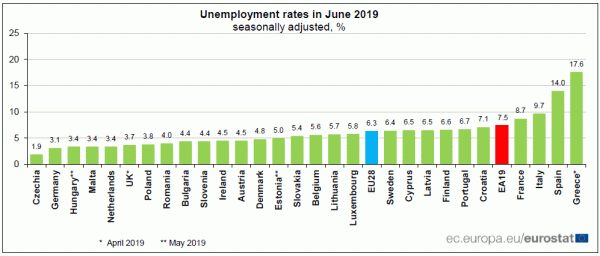
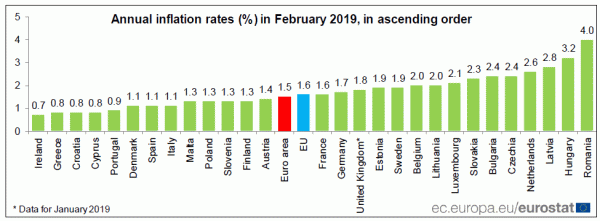
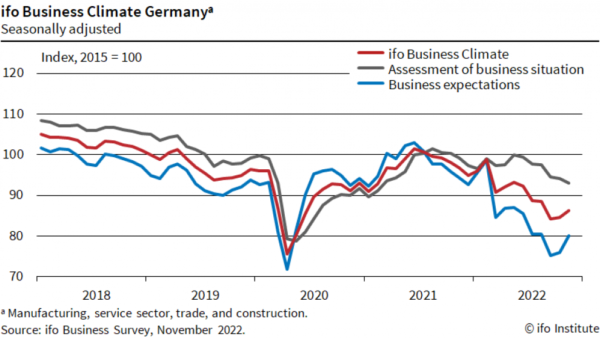
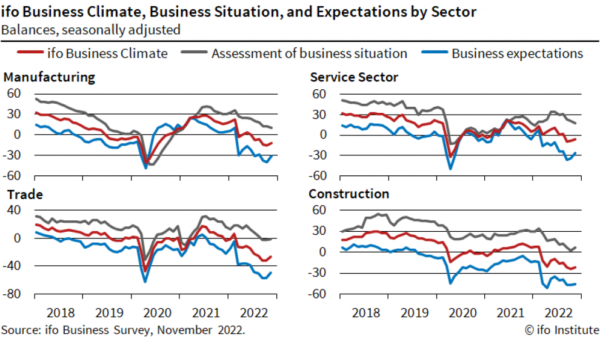
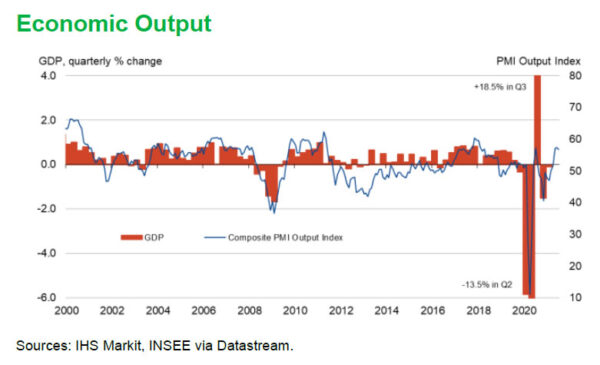
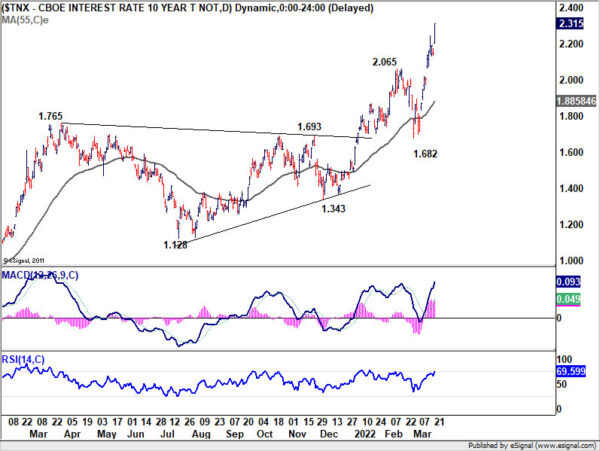
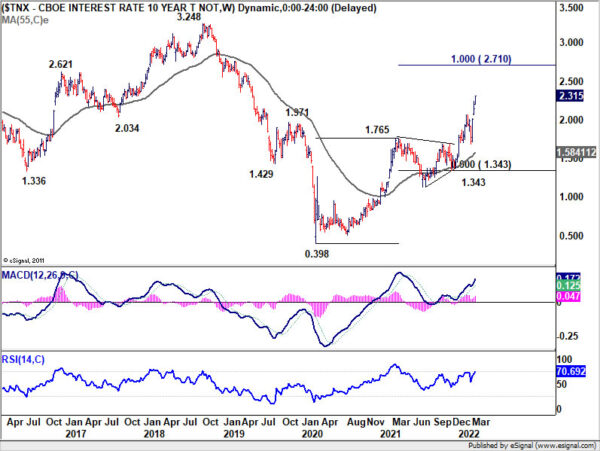
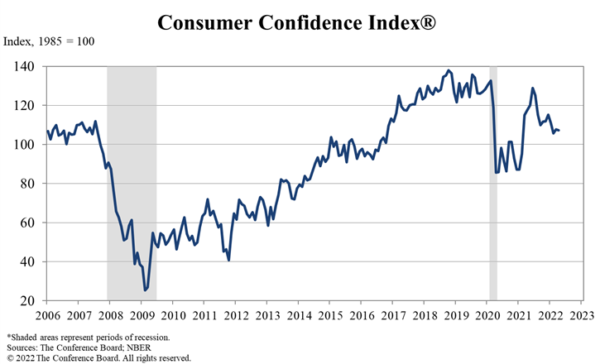
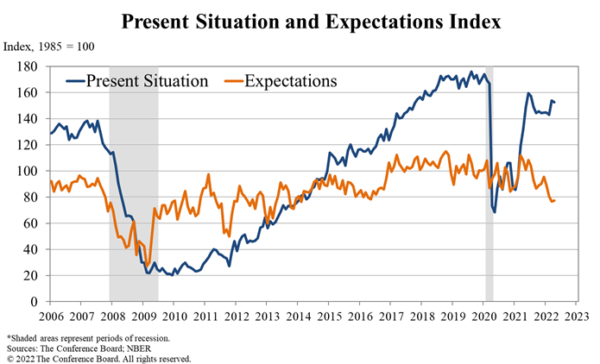
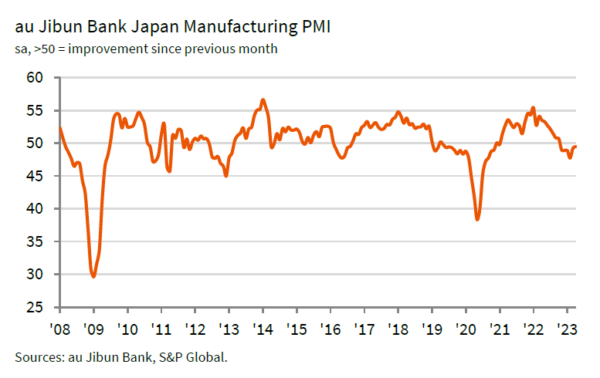
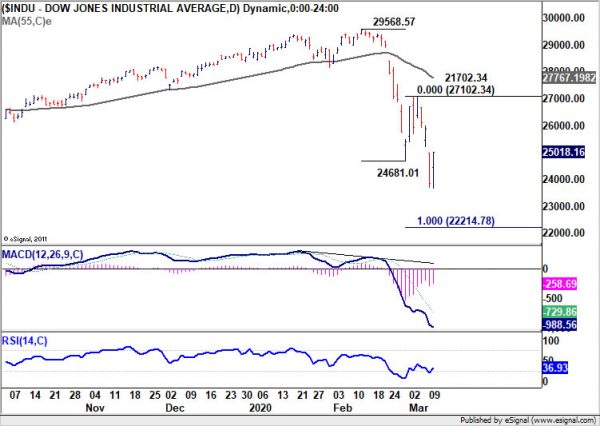
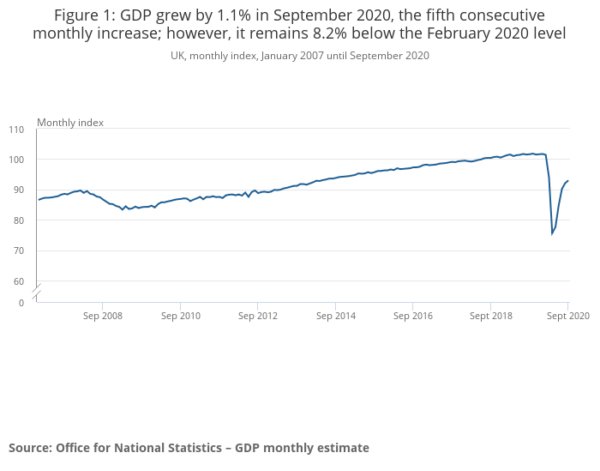
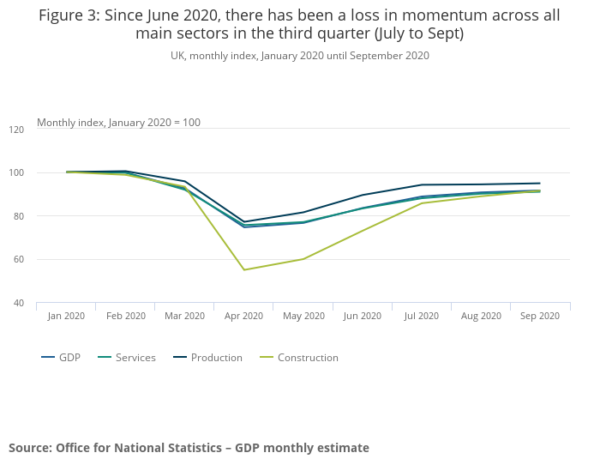
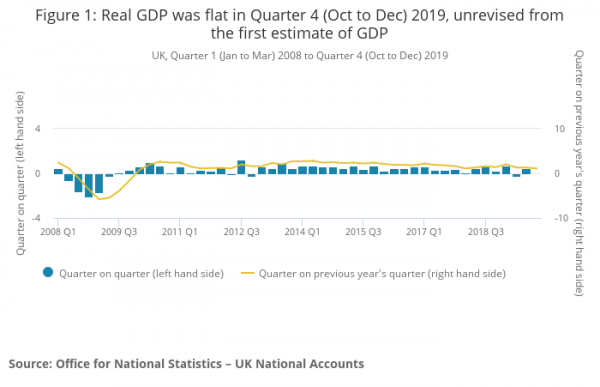
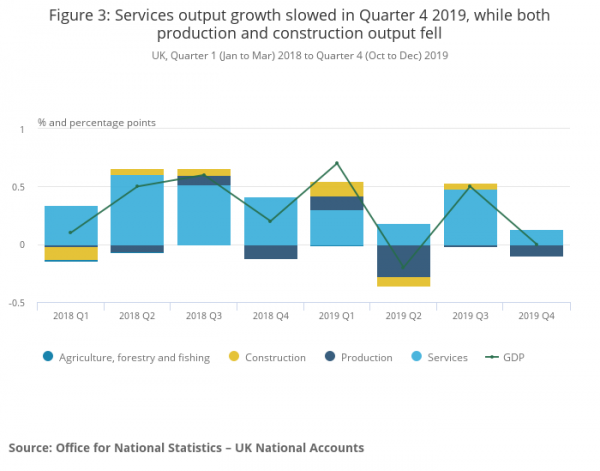

US-China tensions intensified after Senate passed HK Human Rights and Democracy Act
Political tensions between US and China intensified after Senate passed the “Hong Kong Human Rights and Democracy Act” that aims as backing Hongkongers’ push for autonomy that China promised in the Sino-British Joint Declaration. The Senate also unanimously passed a bill to ban export of munitions such as tear gas, pepper spray and rubber bullets to the Hong Kong police force.
Senator Marco Rubio of Florida, the bill’s lead sponsor, said “The United States has treated commerce and trade with Hong Kong differently than it has commercial and trade activity with the mainland of China.” He added “but what’s happened over the last few years is the steady effort on the part of Chinese authorities to erode that autonomy and those freedoms.”
The passage of the bill drew strong objections by China. In a statement, the foreign ministry said Vice Foreign Minister Ma Zhaoxu summoned William Klein, the U.S. embassy’s minister counselor for political affairs. Ma told Klein the situation in Hong Kong was part of China’s internal affairs and demanded that the U.S. stop its meddling.